In the midst of finalizing its new education policy—27 years after the last National Education Policy took shape—India is one of the few countries in the world to extend the right to free and compulsory education for 3- to 6-year-old children. Policymakers will have the opportunity to remodel the education system and change the beliefs of young girls and boys for generations to come.
The Annual Status of Education Report 2018 national findings suggest that 7 percent more girls compared to boys aged 7 to 14 are enrolled in public education systems across India. And with the right to education being extended to the early years, we can now expect many more girls to be in the education system from the start. This begs the question, though, as to whether schools are prepared for more girls to enter.
The need for gender-sensitive environments in school
This question has implications for not only equitable access to facilities such as functioning girls’ toilets, but the existence of gender-sensitive environments where both boys and girls can develop the ability to think critically, analyze, communicate, and build confidence. Young children need self-awareness, emotional self-regulation, and an understanding of the other so that both genders grow up to appreciate one another’s needs. If such an environment is lacking in our schools, then existing gender stereotypes will prevail, and real learning cannot take place. While education can be a tool for empowerment, a gender-blind approach can lead to schools becoming oppressive environments that perpetuate age-old beliefs and attitudes.
The increasing trend of gender-based violence in India suggests that if we do not heed warning signs early, it may be too late to reverse. Indeed, currently, every hour 26 crimes are committed against women in India. Perhaps if appropriate attention were given to creating gender-sensitive environments in schools, then schools could play an important role in changing norms that reinforce patriarchy, power, and inequality between genders in society.
Evidence suggests that tackling gender bias early in life is critical to bridge the gaps that girls and women experience later in life. Children begin to identify gender as early as about two and a half years, and in preschool classrooms, boys and girls are already identifying what they should and should not do.
Tackling gender bias at home
In children’s early years, structures and norms outside the school are often the most difficult to change. Mothers of preschool children are busy taking care of the home and the children and have limited time to consider how their actions might reinforce gender biases. If the education system does not engage with the mother, then as one of the most influential people in the child’s life, gendered attitudes will likely perpetuate into the next generation.
As a member of the early childhood team at Pratham, an organization dedicated to improving the quality of education in India, my work entails partnering with government-supported preschool centers in Delhi. At one class that I visited, a teacher asked children what they did at home. One of the girls said that her older brother always played at home. When asked what she did, the girl said that she and her sisters helped their mom with chores at home. This observation was one of many that I made while visiting preschools in Delhi, demonstrating how children’s exposure to gender-insensitive environments at school can be reinforced by gender biased roles in the home.
As an Echidna Global Scholar, I will explore the various factors that lead to female disadvantage, male insensitivity, and creation of power hierarchies at an early age. Through classroom observations and interviews, I hope to understand and leverage mothers’ and teachers’ beliefs to help instill gender-equitable attitudes in preschool centers and in the home.
The extension of the Right to Education Act to young children provides us with a unique opportunity to recast the iron and chart a path for gender-responsive early childhood classrooms and communities in India. If we do not seize the moment today, it may be too late tomorrow.
The Brookings Institution is committed to quality, independence, and impact.
We are supported by a diverse array of funders. In line with our values and policies, each Brookings publication represents the sole views of its author(s).

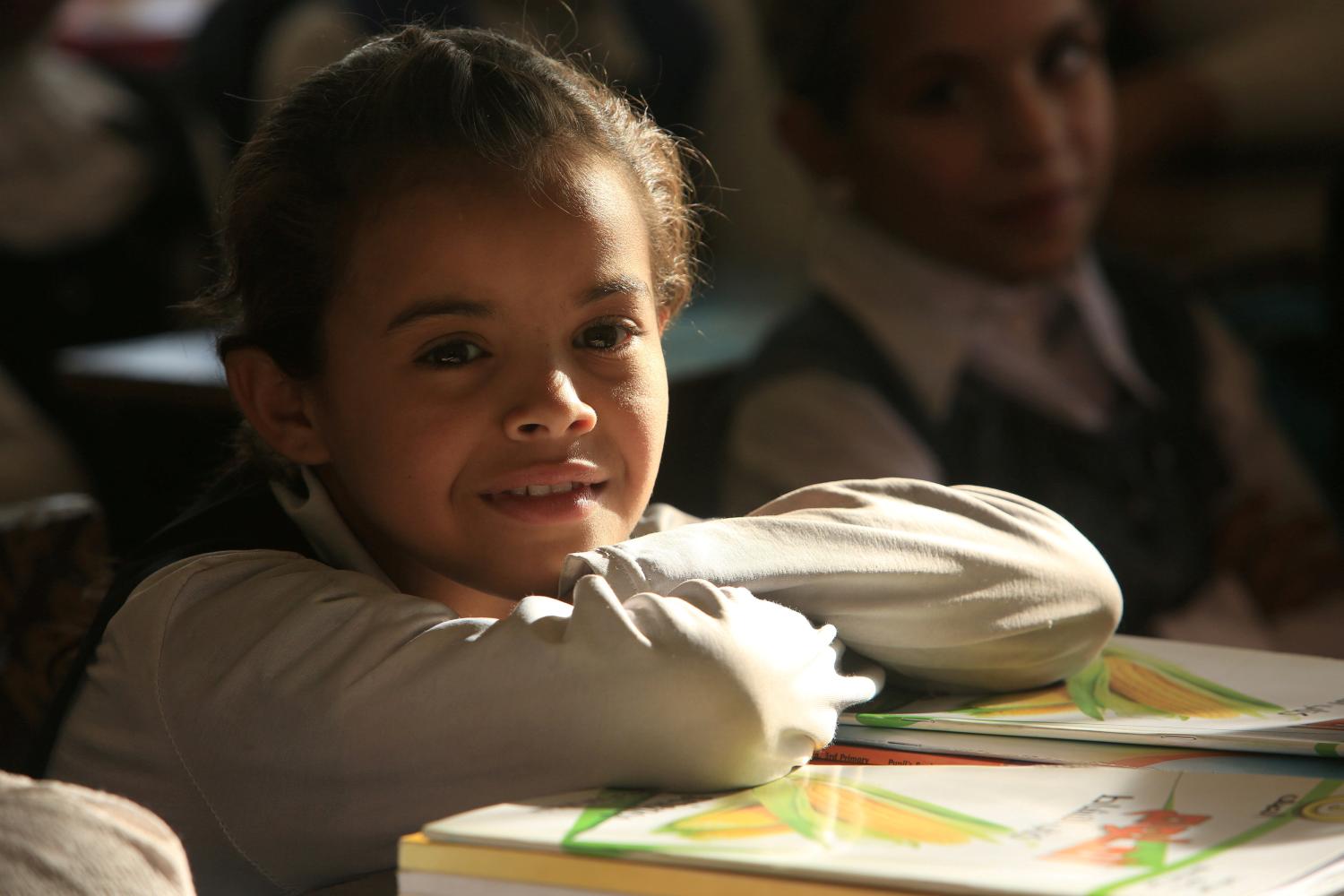
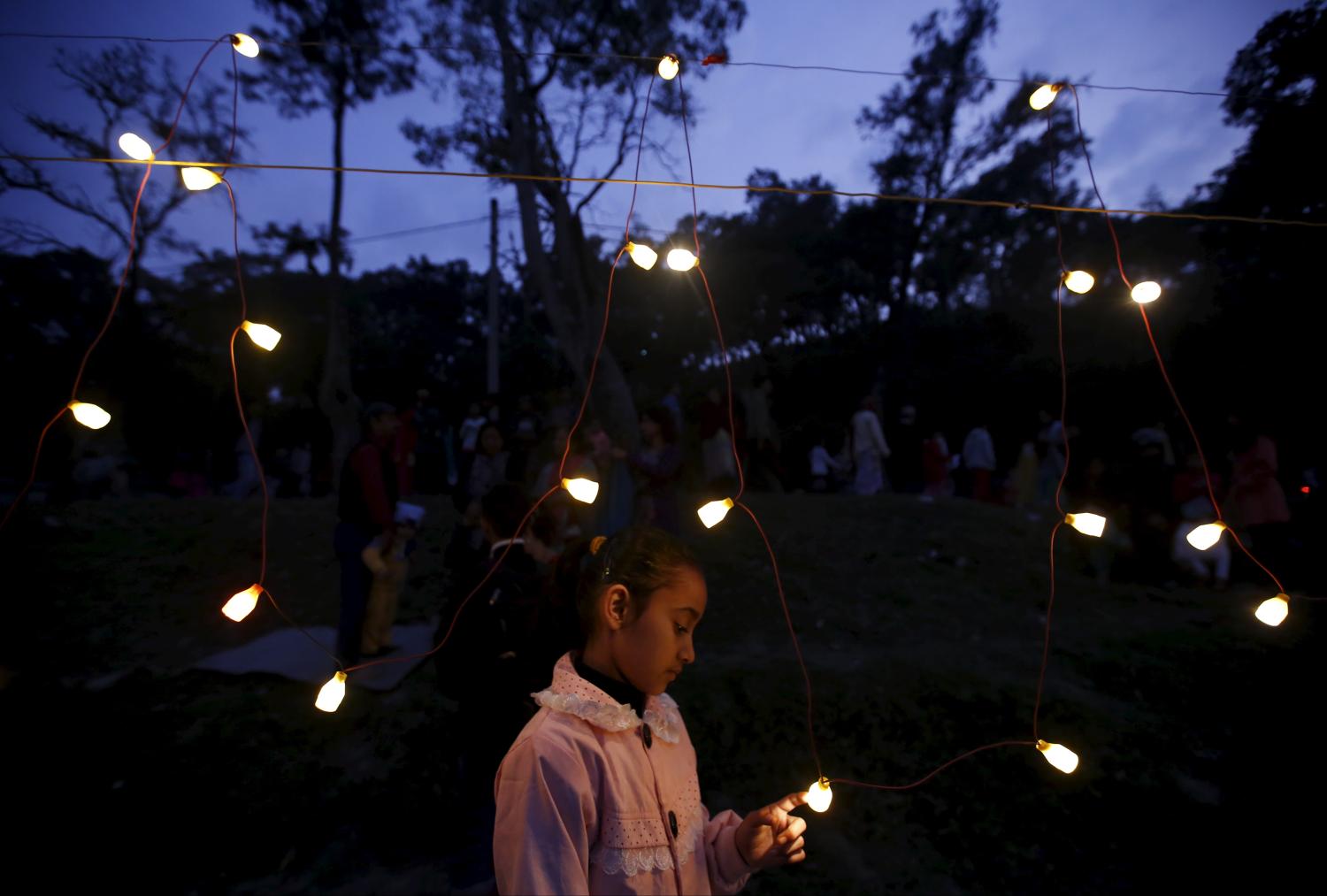
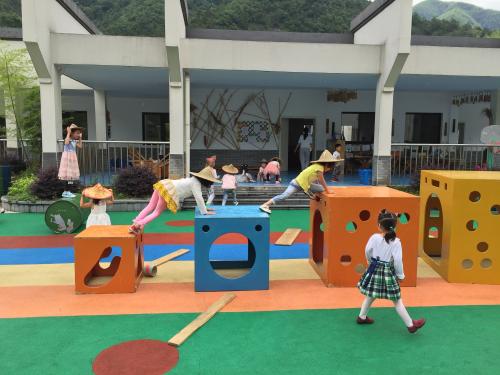
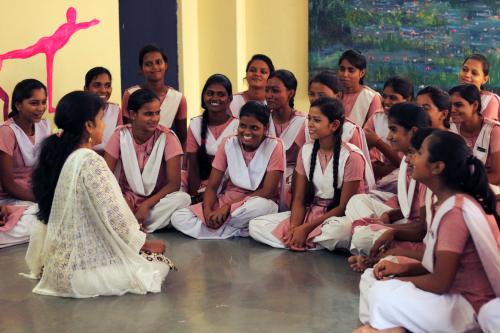
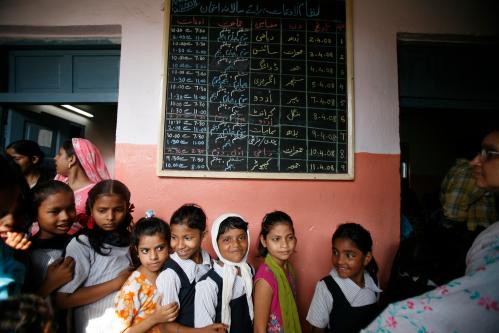




Commentary
As India extends preschool education to all, incorporate gender sensitivity from the start
July 2, 2019